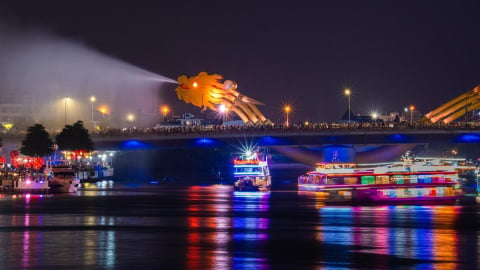For a long time, the area was famous for the brine, which was dissolved by groundwater. The brine here has been used for salt production since the 16th century. The brine was boiled to evaporate the water in pans over wood fires. However, this led to large-scale deforestation in the southern part of Soledar. In the 18th century, wood was replaced by charcoal, but salt production remained low. It was not until the late 19th century that more underground salt deposits were discovered and the first industrial-scale mining took place in 1881.
Over a hundred years of mining have left a large void and a corridor stretching 300m below the surface. One large chamber has been designed as a concert hall, another as a football stadium. There is even an underground church for the miners, a cafe for tourists, and the walls are curved with many sculptures and reliefs. Part of the cave has been converted into a sanatorium, the air is cool and dry, containing small amounts of salt dust that is said to be effective in treatment. This location is also recommended for people who come to treat respiratory diseases, allergies and skin diseases.
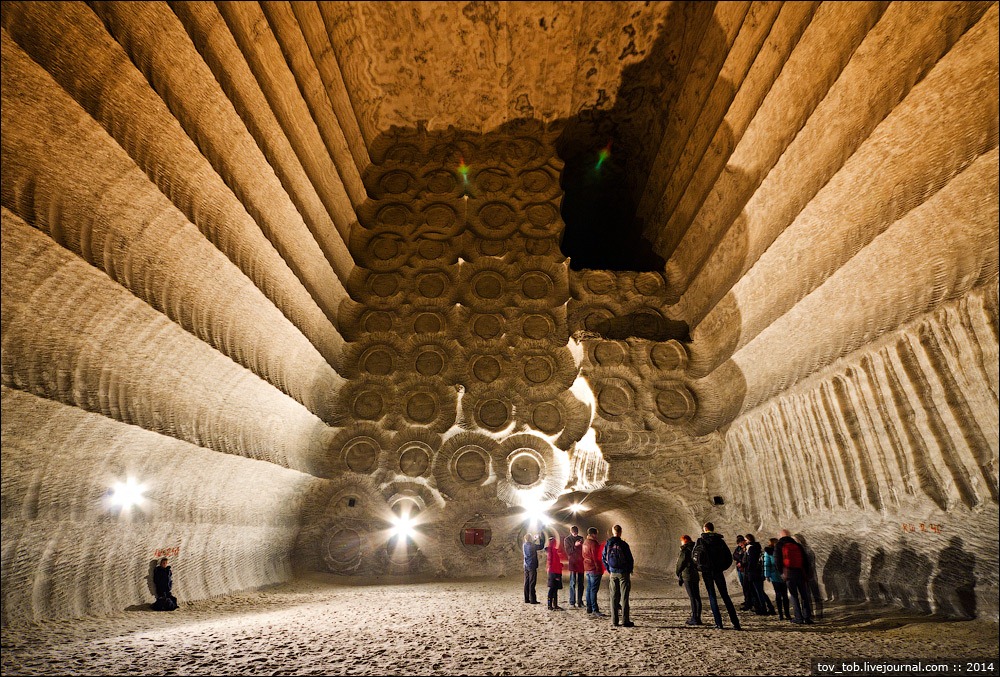
Photo: Oleg Tosky
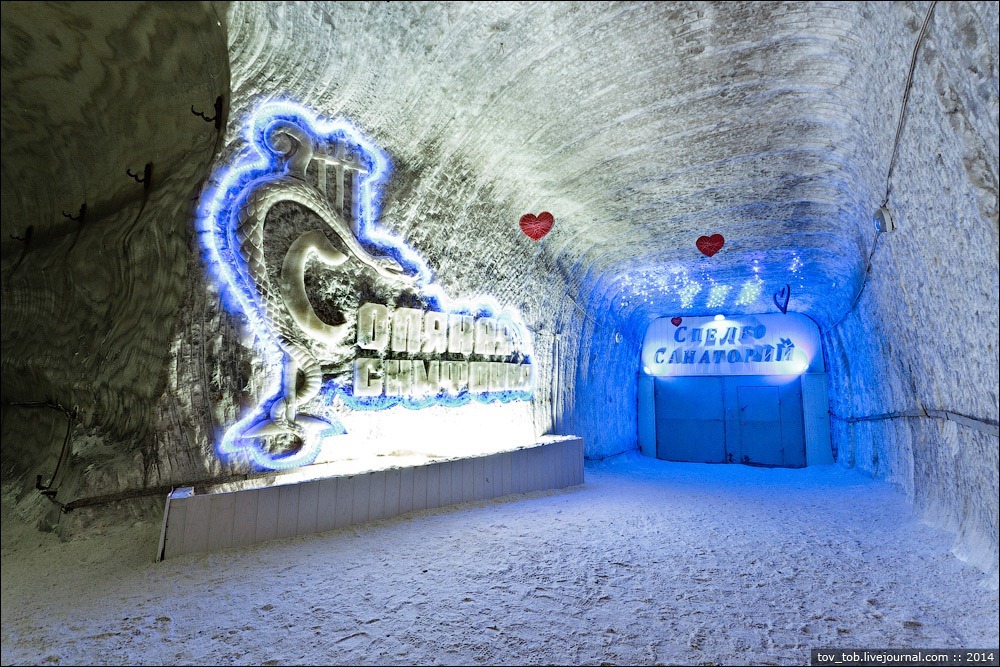
Photo: Oleg Tosky

Photo: Oleg Tosky

Photo: Oleg Tosky

Photo: Oleg Tosky

Photo: Oleg Tosky

Photo: Oleg Tosky
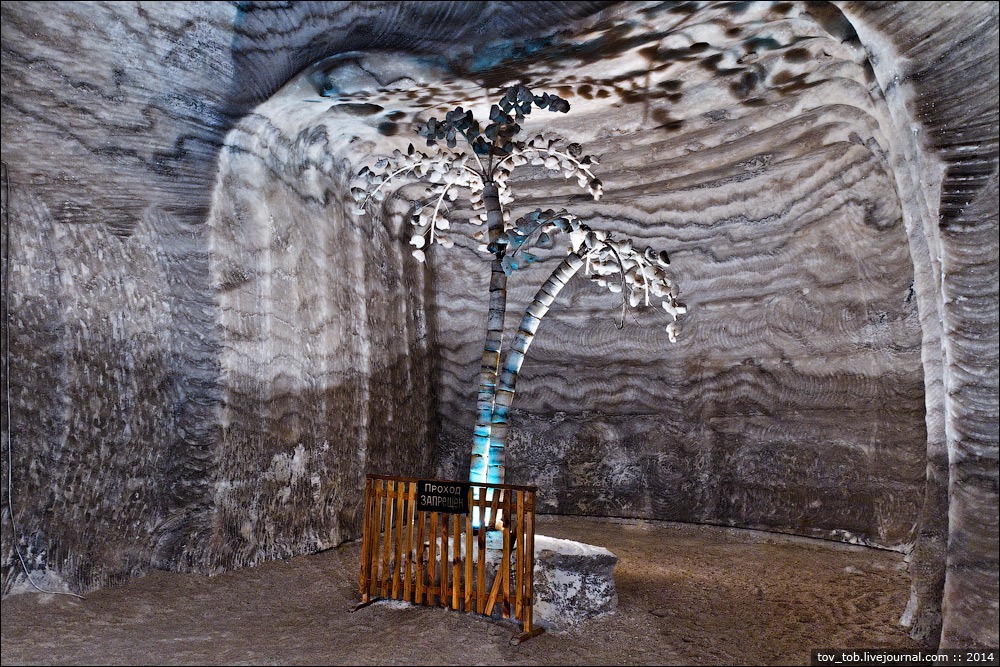
Photo: Oleg Tosky
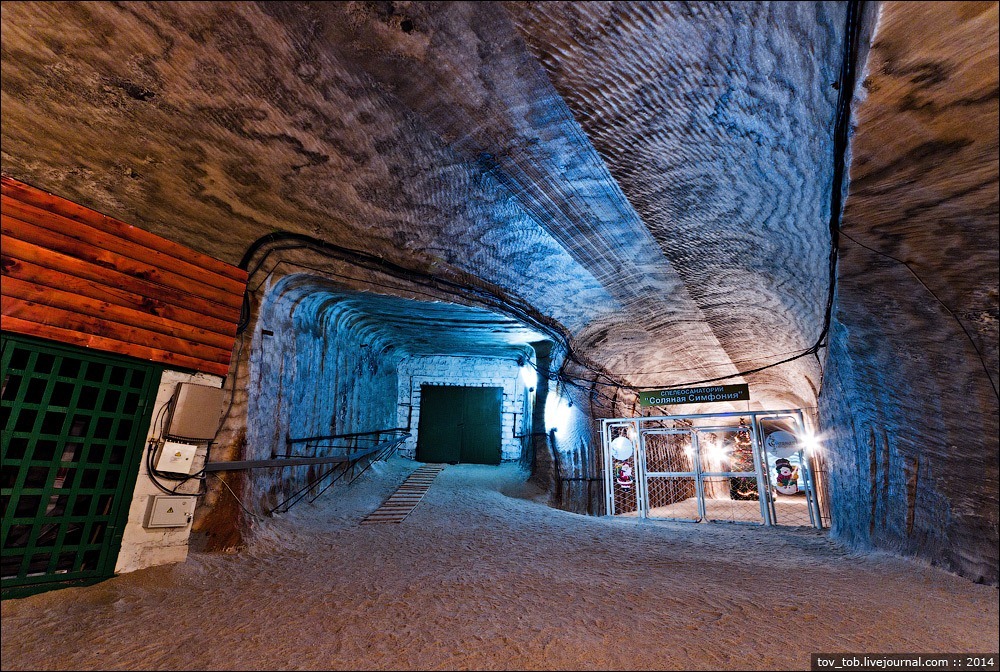
Photo: Oleg Tosky

Photo: Oleg Tosky
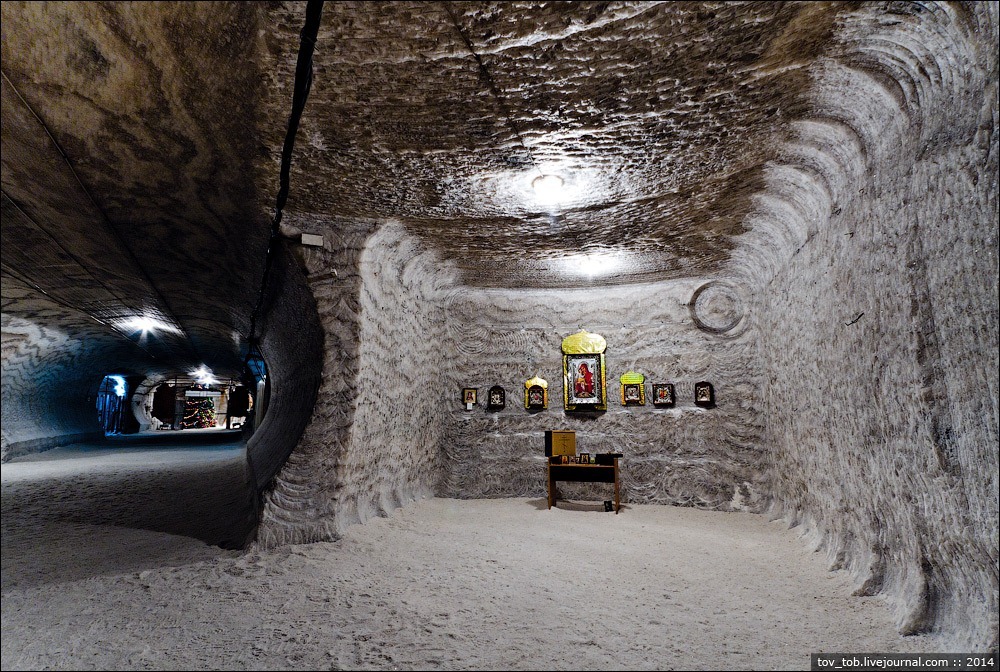
Photo: Oleg Tosky
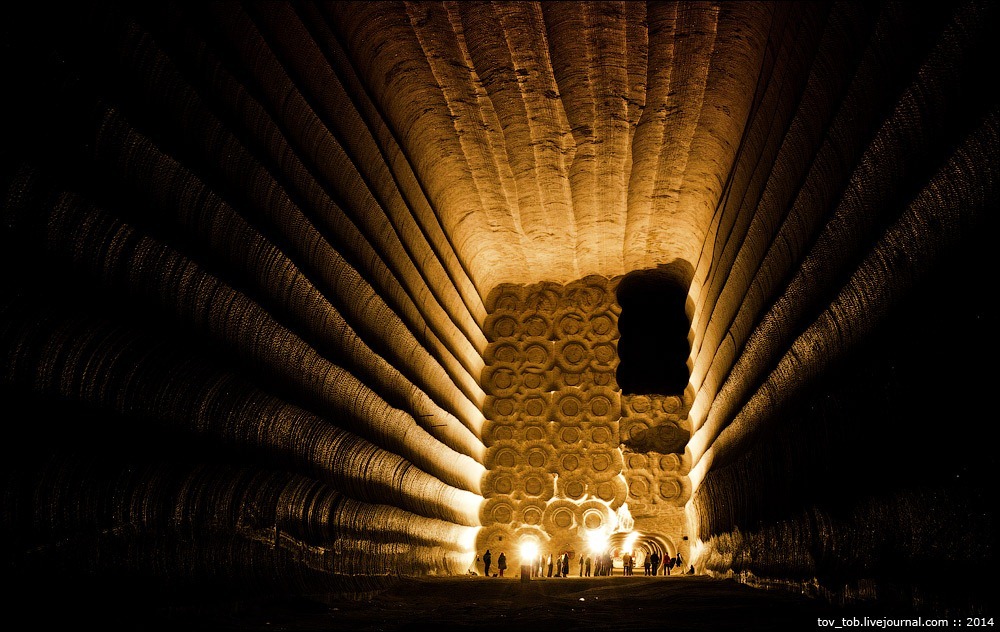
Photo: Oleg Tosky

Photo: Oleg Tosky
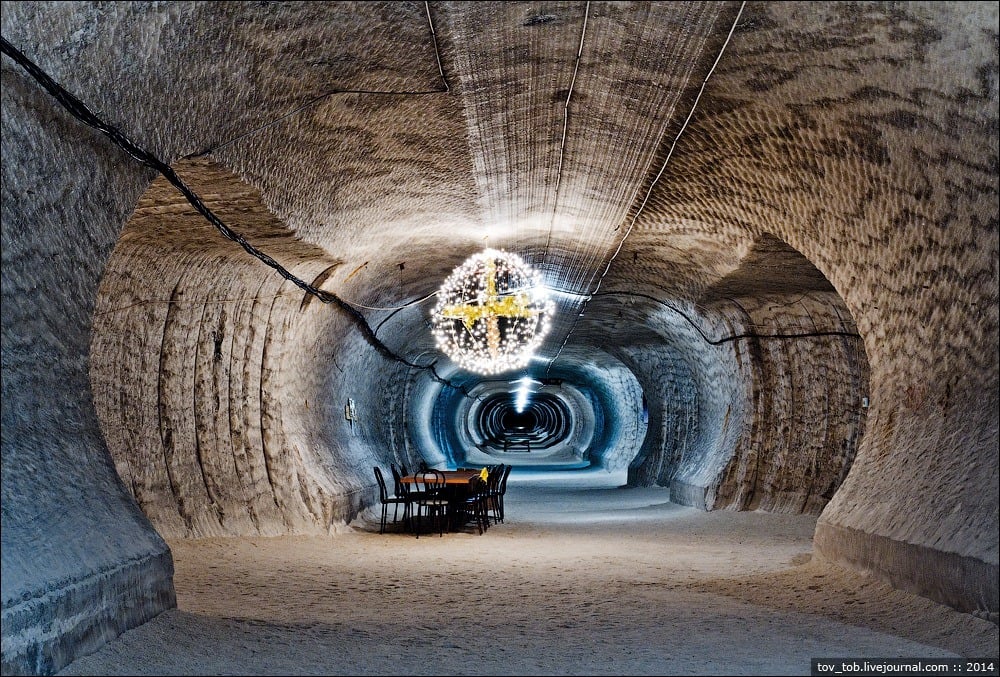
Photo: Oleg Tosky
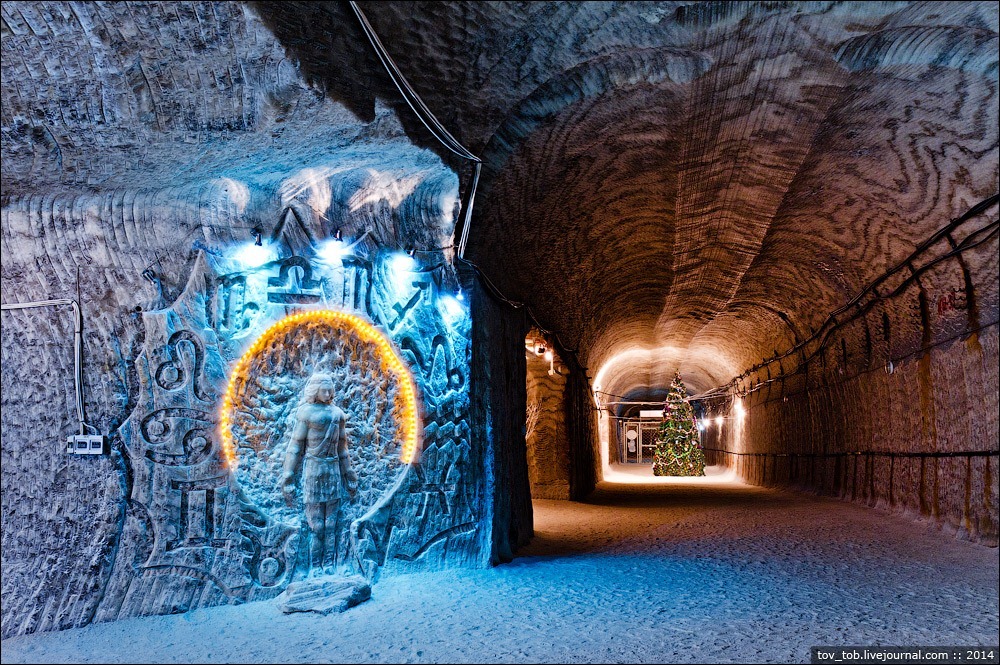
Photo: Oleg Tosky
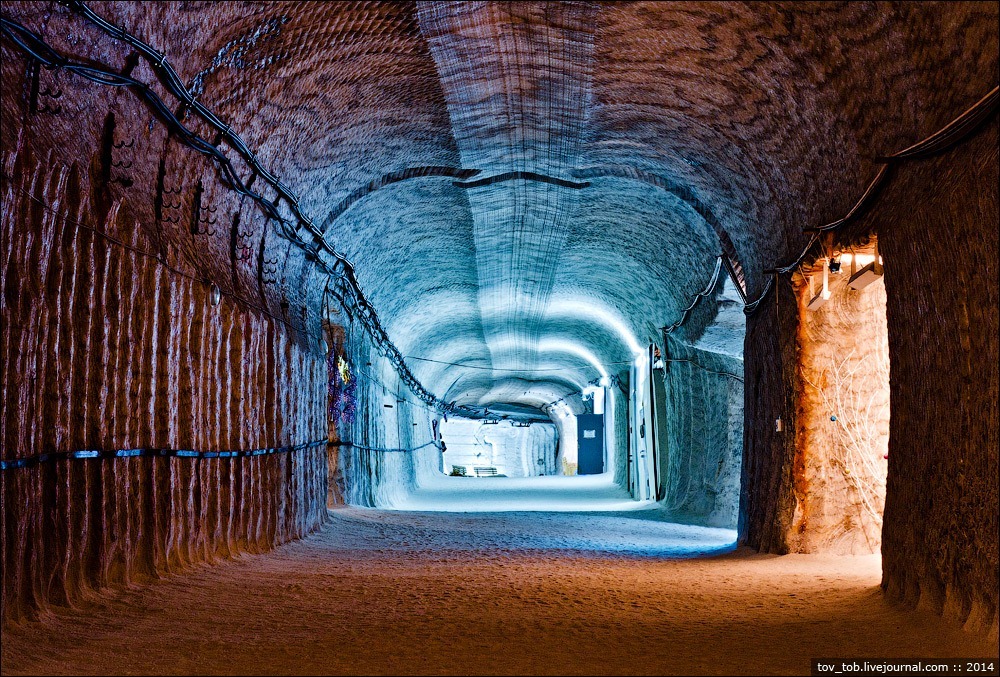
Photo: Oleg Tosky
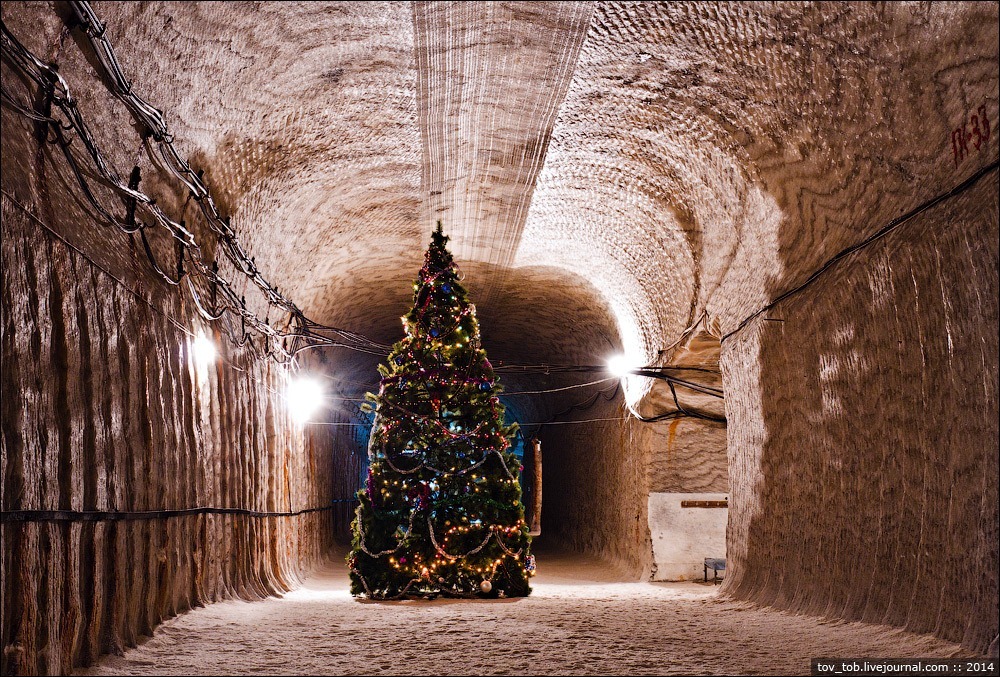
Photo: Oleg Tosky
Ngoc Anh (According to AmusingPlanet)



























